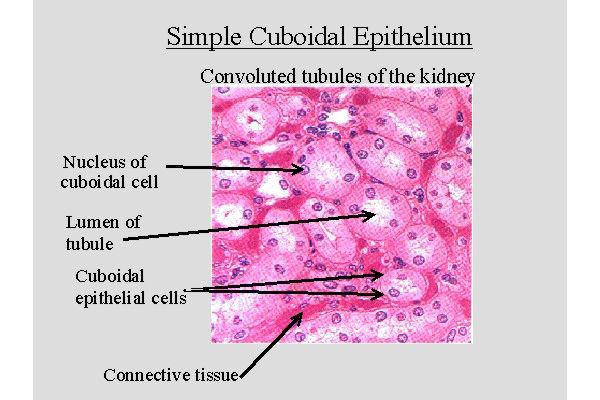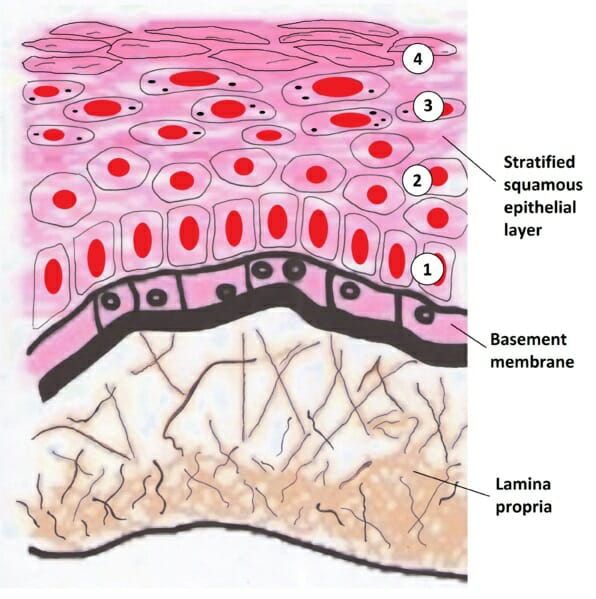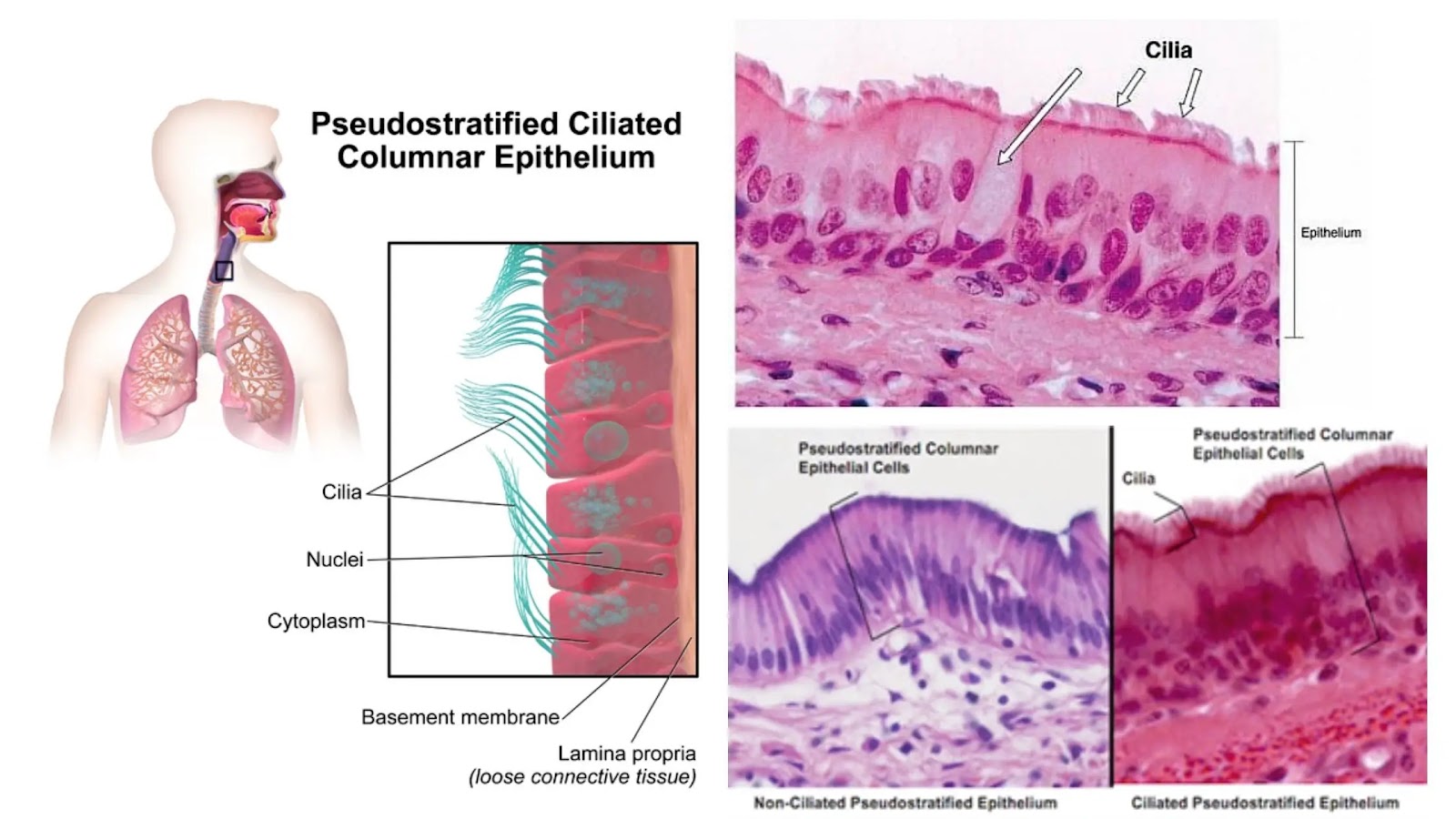NExT: National Exit Test
National Exit Test is the Licensing Medical Examination introduced by the National Medical Commission Bill 2019. According to the reports the law was in sighted to replace the Screening Test, NEET-PG, and Prof exam of the University. In January 2020, the Ministry of Health and Family Welfare also introduced the draft National Dental Commission Bill that also called for a National Exit Test after BDS for dentists in India.
It is a single-window examination that is to be implemented by 2022. It is a mandatory examination for Indian students as well as Foreign students. It will also set a standard for the medical practitioners in India.
Parts of NExT Exam
NExT 1:
NExT 1 is conducted for the final year medical students before the internship period. They have to qualify for the part 1 exam in order to commence their internship. If you fail to pass NExT 1 you are not eligible to participate in the internship program.
NExT 1 is an online-based MCQs examination.
It is an objective type of exam.
Previously students were required to appear for NEET – PG but now onwards have to sit for one common exam i.e., NExT.
NExT 1 is valid for 2-3 years.
NExT 1 is also known as Prof IV part 1.
The marks acquired in NExT 1 are taken into account for PG ranking in Counseling. You get a PG seat with marks of Next 1 and you get your license both after passing NExT 2.
The distribution of NExT 1 Question Paper
Problem Solving questions – 60%
Comprehension and analysis – 30%
Recall – 10%
Applied Basics Sciences – 10%
Preventive and Public Health – 10%
NExT 2:
NExT 2 is appeared by those students who have qualified NExT 1. It is a pass or fails exam that includes a Practical exam to judge the basic practical knowledge of the students.
In order to practice as a doctor in India, you have to qualify for the NExT 2. After passing NExT 1 you can start your internship for 12 months.
After passing this exam you will get the license
NExT 2 also known as Prof IV part 2.
NExT Exam Pattern
Subject – Wise distribution of NExT – 1
NExT is an All India Concurrent Online Exam conducted for the medical students of India and Abroad. There is a schedule of NExT i.e., National Exit Test, as per reports the number of questions, time duration of exam, subjects are pre-defined in the NMC Bill.
In the NExT 1 exam, you will get in a total of 540 Multiple Choice Questions (MCQs) with a time duration of 14.5 hours. For 3 days the schedule of the exam is of 3 hours in Pre-Lunch and 1.5 hours in Post-Lunch every day.
Days Schedule Subjects Time No. Of Items
1 Pre-Lunch Medical Allied 3 hrs 120
1 Post-Lunch Paediatrics 1.5 hrs 60
2 Pre-Lunch Surgery & Allied 3 hrs 120
2 Post-Lunch ENT 1.5 hrs 60
3 Pre-Lunch Obstetrics and Gunaecology 3 hrs 120
3 Post-Lunch Opthalmology 3hrs 120
Total – – 14.5 hrs 540
NExT 2
NExT 2 is a practical based examination that will be conducted by the respected University.
Who will conduct the Prof and NExT..?
S. No. Exam Conducted By
1 Prof 1 University
2 Prof 2 University
3 Prof 3 Part I University
4 Prof 3 Part II University
5 Prof 4 Part I (NExT 1) National Body
6 Prof 4 Part II (NExT 2) University
NExT exam from which batch…
NExT proposed by National Commission Medical Bill i.e., NMC for the final year MBBS students. It serves the purpose of licensure examination as well as removing NEET-PG examination. According to the Section 49 Act, the students studying in Medical Universities for acquiring the degree of MBBS will continue their studies on the same pattern as previous.
According to the amendment passed in 2019, the students who were enrolled in the batch of 2017 will give the first NExT exam in the year 2022 probably. The syllabus of NExT is the same as the Prof IV exam. We will update you about the exam as the further guidelines are provided by the National Medical Commission i.e., NMC.
P.S. – The medical students of India and Abroad enrolled in the batch of 2017, will appear for NExT 1 in the year 2022.
Structure of the NExT 1 and NExT 2
NExT Exam Syllabus
The new MCI curriculum is totally different from the NEET PG and MCI Screening Test. There are in total of 19 subjects in the clinical part which carry more marks than pre and para-clinical subjects.
Syllabus of in NExT 1
Medical Allied
Paediatrics
ENT
Obstetrics and Gynaecology
Orthopaedics and Anaesthesia
Dermatology and Psychiatry
Ophthalmology
Your entire future and career are based on the NExT exam only. As NExT removes the Post-Graduate examination and the Screening Test, everything is dependent on this examination only. Your PG seats are also based on this exam, so try your level best to crack the exam.
Why NExT is conducted..?
MBBS graduates who studied MBBS in India as well MBBS in Abroad will have to appear for the exam and this exam is valid for a minimum of 3 years.
The NExT exam will increase the standard of education in the country. It will also equalize the gateway for MBBS practice in India.
The students from India as well as those Abroad holding the license to practice as doctors in the country have to appear for the NExT exam.
The objective of this exam is to create more skillful medical practitioners in India.
Previously, the FMGE Screening Test taken for the medical students Abroad but for now the NExT is introduced to validate the MBBS degree from Abroad.
It is said by the authorities that exam will make the students more confident and they will assess themselves.
It will bring transparency and uniformity in the standards of licensed doctors. People can’t judge the quality of training an Indian medical student acquires is not the same as the Abroad medical student and vice-versa. The exam will show up the equivalence in the studies of doctors.
Frequently Asked Questions
What is National Exit Test..?
National Exit Test is the Licensing Medical Examination introduced by the National Medical Commission Bill 2019. According to the reports the law was in sighted to replace the Screening Test, NEET-PG, and Prof exam of the University. It is the common gateway to attain a practicing license in India.
Who are eligible for NExT..?
The eligible criteria for medical students to appear NExT exam as follows:
• The medical aspirants from abroad who wish to attain the license in order to practice as a doctor in India.
• Final year MBBS students opting for PG seats or pursuing internships in India are eligible for NexT.
Is Exit Exam compulsory for MBBS..?
Yes, it will be compulsory for MBBS students to appear and crack NExT i.e., National Exit Test. As NEXT ensures you about your PG seats as well as the license to practice in India.
How many attempts are allowed for NExT exam..?
There are unlimited numbers of attempts allowed for the NExT exam. If you are unable to qualify for the exam then you are not eligible for the internship as well as for the NExT 2 exam (Final Prof II exam).
Is NExT compulsory for post-graduation after MBBS..?
Yes, it is compulsory for post-graduation because NExT is a common exam. The marks you scored in NExT 1 is taken into consideration for providing PG seats.
Is NExT exam MCQs based..?
Yes, NExT 1 is Multiple Choice Questions (MCQs) based objective type examination. The marks scored in NExT part 1 will decide your PG seats after you complete your internship.
What is the mode of National Exit Test..?
The mode of NExT 1 is Online and NExT 2 is a practical exam conducted by the University or College.
What is the exam pattern of NExT..?
There is a total of 540 Multiple Choice Questions (MCQs) with a time duration of 14.5 hours. For 3 days the schedule of the exam is of 3 hours in Pre-Lunch and 1.5 hours in Post-Lunch every day.
What is the syllabus of NExT exam..?
NExT 1 is an objective type exam conducted Online. The syllabus of in NExT 1 is as follows as:
• Medical Allied
• Paediatrics
• ENT
• Obstetrics and Gynaecology
• Orthopaedics and Anaesthesia
• Dermatology and Psychiatry
• Ophthalmology
Is FMGE and NExT same..?
No, FMGE and NExT are two different exams. Although NExT replaces the FMGE Screening Test which was conducted for foreign medical graduates to qualify them for practicing license in India.
NExT is a common exam proposed by NMC which is replacing the FMGE Screening Test, NEET-PG, and Prof exam of the University. So, the NExT 1 score will decide your PG seats at the time of counseling. NExT 2 will help you to get your practicing license in India.























